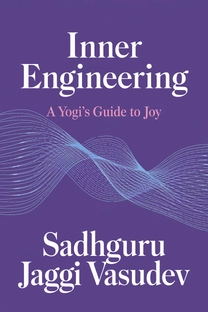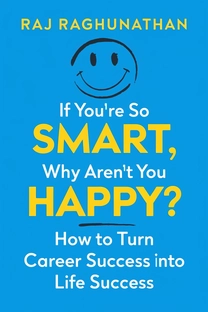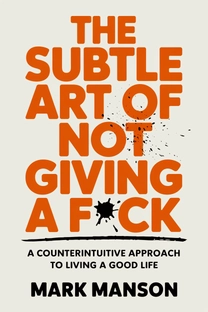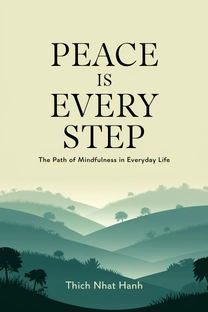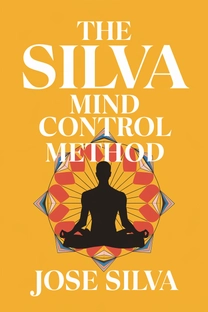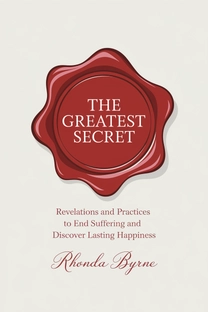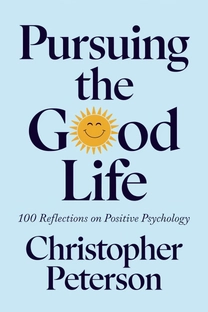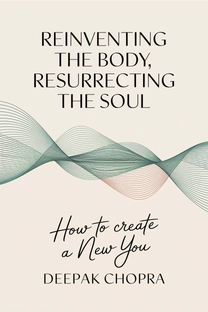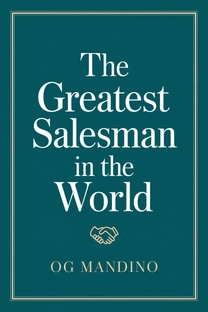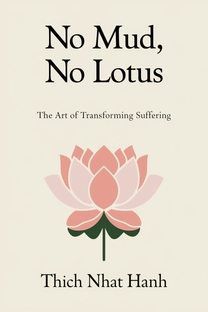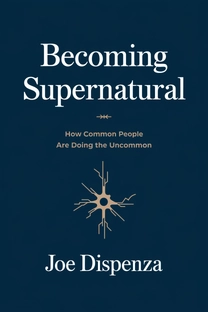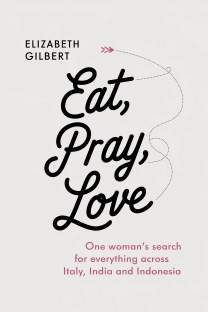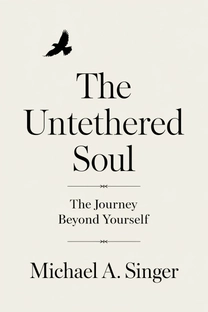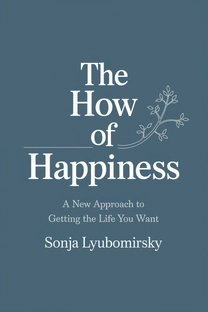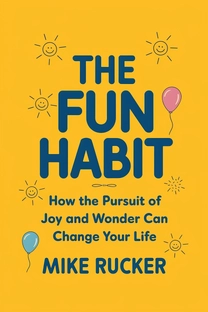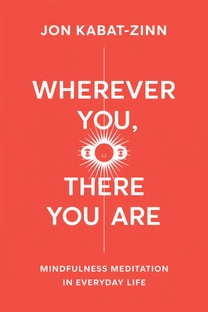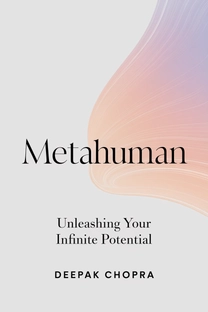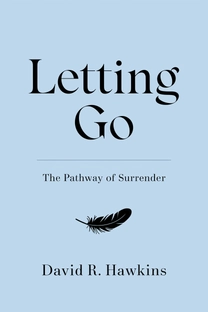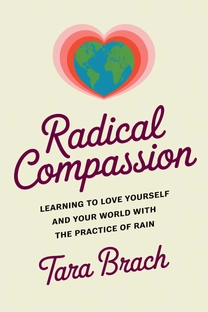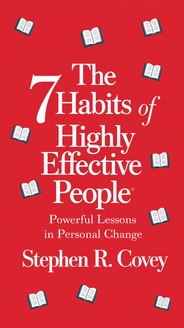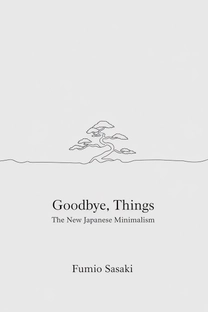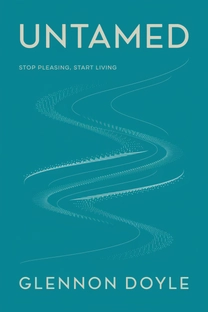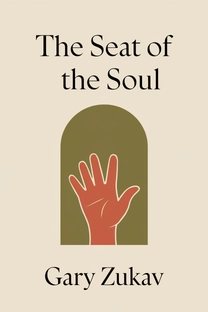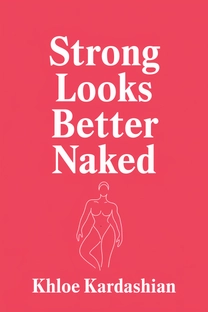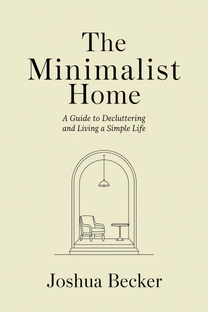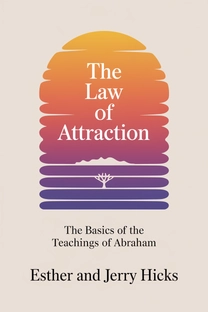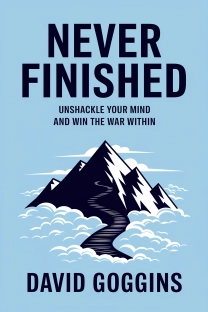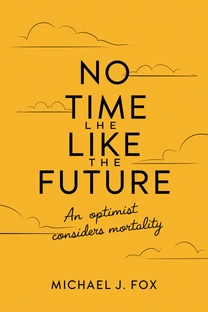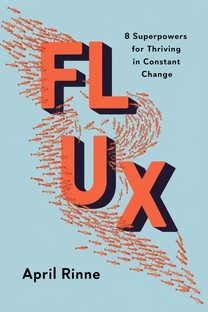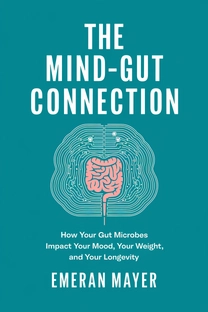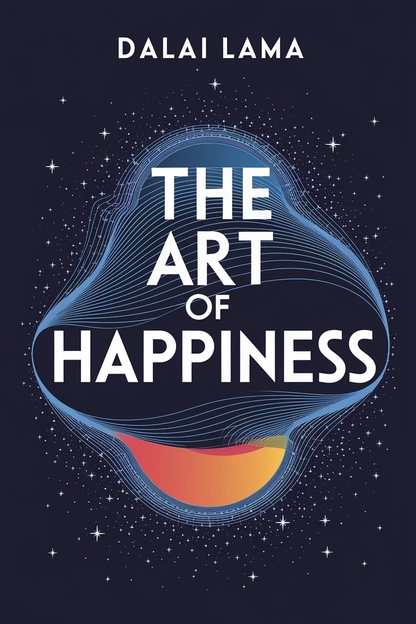
The Art of Happiness
by Dalai Lama
Brief overview
This book illuminates how to cultivate genuine happiness by reorienting our thoughts and nurturing positive emotions. It offers practical methods to deal with suffering and transform anger into compassion. Ultimately, it shows how a deeper, more resilient sense of joy is within reach for anyone willing to train their mind.
Introduction
We all yearn for happiness, even though it can feel elusive and fragile. This book argues that genuine contentment arises from within and is not dictated solely by external circumstances. By focusing on our mental states through deliberate training, we can begin to tip the balance away from dissatisfaction and stress.
Across many examples, we learn that changing our mindset is the surest way to cultivate happiness. Rather than seeking quick fixes, it invites us to gradually strengthen qualities like compassion, warmth, and tolerance. This approach is grounded in the belief that negative emotions are not intrinsic to us but can be reduced with practice.
Here, we’ll explore essential themes: the power of empathy, our universal drive for intimacy, handling burdens like anger and suffering, and recognizing how fear and anxiety hold us back. Each concept acts like a stepping stone to deeper self-awareness.
Beginning with a clear sense of why happiness matters and how our inner life can cultivate or sabotage it, we set the stage for practical steps. As we move through each page, consider how these insights might be applied right now. The journey starts within.
Our Universal Desire for Happiness
One of the key observations in this book is that every person, regardless of culture or upbringing, fundamentally seeks happiness. We’re all driven to avoid pain and embrace joy. Yet this pursuit often misfires when we chase fleeting pleasures or become trapped by our own negative thoughts.
A crucial distinction emerges between temporary pleasure and lasting happiness. Momentary thrills—like indulgent treats or quick distractions—may be enjoyable in the short run but rarely satisfy our deeper longing for genuine well-being.
By noticing that external events have limited influence on our sustained happiness, we’re urged to shift our attention inward. This means proactively developing habits of mind that allow happiness to take root. We learn that inner training—just like exercise for the body—gradually fortifies our serenity and resilience.
What is The Art of Happiness about?
About the Book: Hailing from one of the most respected spiritual leaders, "The Art of Happiness" by the Dalai Lama explores profound ways to cultivate lasting happiness by nurturing our inner state. Emphasizing that happiness is less about external conditions and more linked to mental resilience, this book provides readers with accessible insights into how compassion, empathy, and inner strength are central to a joyful life. Through compassion practice and mental discipline, readers are guided on how to transform their outlook, helping them face life's challenges with a fortified mindset.
The book delves into themes central to human well-being: transforming anger into compassion, understanding the purpose of suffering and realizing the interconnectedness of all beings. It emphasizes that happiness is attainable through systemic change in perspective, supported by practical methods to nurture empathy in everyday experiences. This not only impacts personal well-being but also strengthens collective human bonds. Dalai Lama’s words inspire a journey toward self-awareness, urging the reader to embark on a path that fosters not just inner contentment but global harmony.
Review of The Art of Happiness
Review: "The Art of Happiness" stands out with its philosophy that tangible, lasting happiness stems from mental cultivation rather than chasing external circumstances. One key strength of the book is its straightforward approach to seemingly complicated emotions. Through practical exercises, readers learn to foster a compassionate mindset and reconsider their habitual reactions, particularly toward negative events. The writing is remarkably conversational rather than didactic, making complex spiritual concepts digestible and applicable to modern life.
Unique in its blending of Eastern philosophies with relatable, real-world applicability, this book empowers readers to rethink their relationship with anger, fear, and suffering, transforming these oft-negative emotions into avenues for personal growth. With a tone that remains encouraging rather than prescriptive, the insights offered motivate a self-reflective journey. Readers will discover how empathy can enhance their life's quality and be urged to act from a place of love rather than fear.
A wide array of audiences will find this book relevant, but it particularly speaks to those experiencing turbulent emotions and seeking peace. Its recommendation hinges not just on the esoteric appeal but on its practical application, promising a pathway that's enlightening and transformative for anyone open to training their mind toward positivity.
Who should read The Art of Happiness?
- **Seekers of Personal Growth**: Individuals striving for deeper self-awareness and transformation will find valuable strategies for turning negative emotions into positive life forces.
- **Professionals in High-Stress Environments**: For those in demanding roles, from executives to healthcare providers, the practical wisdom for stress management can lead to enhanced mental resilience.
- **Spirituality Enthusiasts**: Readers looking to deepen their understanding of compassion and internal discipline without a specific religious framework will resonate with the universal spiritual principles.
- **Therapists and Counselors**: Mental health professionals can gain insights to support their clients in navigating emotions with mindfulness and compassion.
- **Anyone Interested in Eastern Philosophy**: Those drawn to Buddhist principles will find a rich exploration of concepts that align closely with those teachings.
About the author
Book summaries like The Art of Happiness
Why readers love Mindleap
10-Minute Book Insights
Get the core ideas from the world's best books in just 10 minutes of reading or listening.
Curated For You
Discover your next favorite book with personalized recommendations based on your interests.
AI Book ExpertNew
Chat with our AI to help find the best book for you and your goals.
Reviews of MindLeap
Love how I can get the key ideas from books in just 15 minutes! Perfect for my busy schedule and helps me decide which books to read in full.
Alex R.
The summaries are incredibly well-written and the audio feature is perfect for my commute. Such a time-saver!
Jessica M.
Great app for personal growth. The insights are clear and actionable, and I love how they capture the essence of each book.
Chris P.
The app is beautifully designed and the summaries are top-notch. Definitely worth every penny!
Sarah K.


